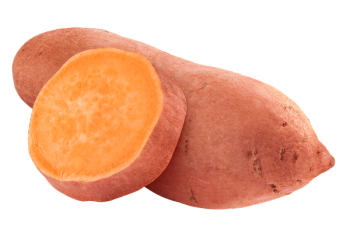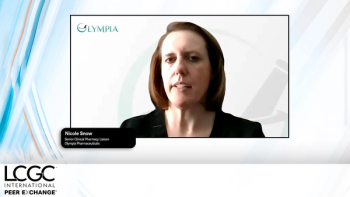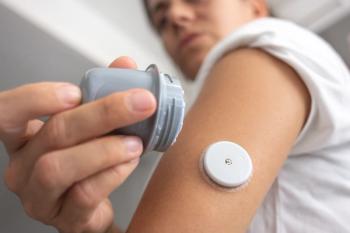
Dispersive Liquid-Liquid Microextraction of Rose Water Components
A research group from the University of Tehran (Tehran, Iran) used dispersive liquid?liquid microextraction coupled with gas chromatography to determine compounds in rose water, which is the hydrosol portion of the distillate of rose petals.
A research group from the University of Tehran (Tehran, Iran) used dispersive liquid–liquid microextraction coupled with gas chromatography to determine compounds in rose water, which is the hydrosol portion of the distillate of rose petals. Rose water is used for food flavoring, as a component in cosmetic and medical preparations, and for religious purposes in Europe and Asia. Various extraction parameters were tested, including volume of extraction and disperser solvents, temperature, and salt effect. They found that the best results were obtained using a volume of 37.0 µL for the extractor solvent, 0.42 mL for the disperser solvent, and a temperature of 48 °C. The components extracted included benzeneethanol, geraniol, beta-citronellol, nerol, eugenol, and linalool.
Newsletter
Join the global community of analytical scientists who trust LCGC for insights on the latest techniques, trends, and expert solutions in chromatography.





